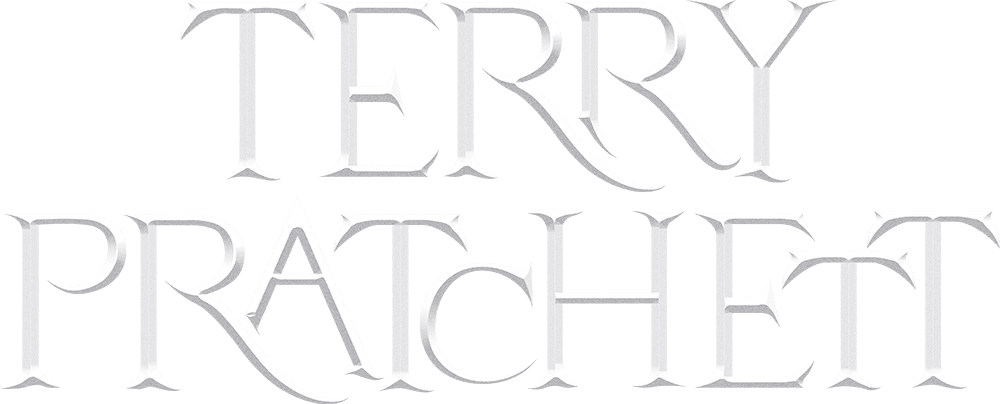
Most planets, like our own Roundworld, are spherical bodies that spin on their axis whilst caught in an interplanetary gravitational waltz around a central star. The Discworld has no such predictability or adherence to the laws of physics. The Disc is a flat earth, a circular plane supported by four gigantic elephants which stand on the carapace of Great A’Tuin, the world turtle.
Great A’Tuin is of the species Chelys galactica. The elephants that stand atop its shell are called Tubul, Great T’Phon, Berilia and Jerakeen. Some believe that their nerves are made of gold for better connectivity over long distances and their bones are made of rock and iron – not the dead metals and minerals found within the earth, but living rock and iron. The Fifth Elephant introduces us to the theory that when the world was young there was a fifth elephant that lost its footing. It careened down through the skies to crash into the Disc in what is now known as the Schmaltzberg Region of Überwald. The force with which it hit the land was enough to split continents, raise mountains and seed the land with organic matter, minerals and precious metals. While this is an excellent legend which could explain the evolution of life on the Disc, in The Light Fantastic we learn that newly born world turtles only have four elephants on their backs, so can surmise that the legend is not true, though the dwarfs of Überwald maintain that there is a grain of truth in it.

Living on the back of a sentient creature means that a whole range of sciences unfamiliar to other worlds have developed, such as astropsychology, which is concerned with what the world turtle thinks about, and astrozoology, the study of the anatomy and nature of the Great Turtle and four elephants. Those brave, or unfortunate, souls who travel over the Rim in special suits and ships to view the turtle are known as chelonauts. One of the great benefits of living on the Disc is that Great A’Tuin has the capability to protect itself and takes action to avoid disasters such as comet and meteorite strikes. However, scientists spend a lot of time worrying about the sex of the Great Turtle, believing that should it turn out to be female, and encounter a male star turtle, the entire world could be destroyed during the act of mating.
1.World turtles appear in Chinese and Iroquois mythologies on Roundworld, but our closest glimpse of the Discworld can be seen in Hindu mythology which also features a disc-shaped world supported by four elephants standing upon a turtle’s shell.
2.It is well known that the best tallow comes from the mines along the fat-bearing strata of the Schmaltzberg Region, ‘the Land of the Fifth Elephant’.
3. This falls under the Discworld version of the Big Bang Theory.
The four directions on the Discworld are known as hubwards, rimwards, turnwise and widdershins. A small sun and moon orbit the Disc as it rotates on its axis, completing a full rotation every 800 days. As Great A’Tuin sculls along through the universe, Discworld astronomers continually observe and map new constellations. No one knows how old the great star turtle is, nor where it started out or where it is going as it journeys through infinite space. Though in The Last Hero we discover that, like every living being on the Disc, Great A’Tuin has a lifetimer too. Lightning crackles among the falling sand and the timer dimensions could be measured in miles. The fact that it exists means that there is at least one entity who has a little more information than anyone else:
‘One day even Great A’ Tuin will die, Death knows; now, that would be a challenge.’
